Overcoming Communication Challenges Between Clients and Caterers
The Catering Stop2024-06-16T10:10:19+00:00Communication is like the secret ingredient in a recipe – it can make or break the dish. When it comes to planning events and parties, clear communication between clients and caterers is essential. However, navigating this exchange can sometimes feel like trying to read a menu in a foreign language. But fear not! With a few simple strategies, you can overcome communication challenges and ensure a successful culinary experience for everyone involved.
Understanding Dietary Needs and Preferences
The first step in overcoming communication challenges between clients and caterers is understanding each other’s dietary needs and preferences. Clients should clearly communicate any dietary restrictions or preferences they have, such as allergies, cultural dietary requirements, or personal preferences like vegetarianism or veganism.
Similarly, caterers should be proactive in asking clients about their dietary needs and preferences during the initial consultation. By gathering this information upfront, caterers can tailor their menus to accommodate the client’s needs and ensure that everyone can enjoy the meal without any worries.
Using Plain Language
When discussing menu options and event details, it’s essential to use plain language that everyone can understand. Avoid jargon or technical terms that might confuse the client and instead opt for clear, straightforward communication.
For example, instead of using culinary terms like “amuse-bouche” or “bouillabaisse,” use simpler terms like “appetizer” or “fish stew.” This ensures that both parties are on the same page and eliminates any confusion or misunderstandings.
Providing Visual Aids
Sometimes, words alone aren’t enough to convey ideas effectively. In such cases, providing visual aids can be incredibly helpful. For example, caterers can create visual menus or sample platters to give clients a better idea of what to expect.
Likewise, clients can use visual aids like Pinterest boards or magazine clippings to communicate their vision to the caterer. These visual references can help bridge the communication gap and ensure that everyone is on the same page when it comes to menu selection and presentation.
Active Listening
Communication is a two-way street, and active listening is just as important as speaking. Both clients and caterers should take the time to listen to each other’s concerns, preferences, and ideas without interrupting or dismissing them.
Clients should feel comfortable expressing their needs and asking questions, while caterers should listen attentively and address any concerns or questions the client may have. By actively listening to each other, both parties can collaborate more effectively and create a menu that meets the client’s expectations.
Setting Clear Expectations
Setting clear expectations from the outset is crucial for avoiding misunderstandings later on. Clients should clearly communicate their budget, timeline, and any specific requests or preferences they have for the event.
Likewise, caterers should be transparent about their capabilities, pricing, and what services are included in their packages. By setting clear expectations upfront, both parties can avoid surprises down the line and ensure a smooth planning process.
Regular Check-Ins
Communication doesn’t end once the menu is finalized. Regular check-ins throughout the planning process can help ensure that everything is on track and address any issues or concerns that may arise.
Clients should feel comfortable reaching out to the caterer with any last-minute changes or questions, while caterers should proactively update the client on the status of their order and any potential issues that may affect the event.
Flexibility and Adaptability
No event goes off without a hitch, and flexibility is key to overcoming unexpected challenges. Both clients and caterers should be willing to adapt to changes and make adjustments as needed to ensure the success of the event.
Whether it’s accommodating a last-minute guest with dietary restrictions or adjusting the menu based on ingredient availability, a flexible and adaptable approach can help navigate any communication hurdles that may arise.
In conclusion, clear and effective communication is essential for overcoming challenges between clients and caterers. By understanding each other’s dietary needs and preferences, using plain language, providing visual aids, actively listening, setting clear expectations, regular check-ins, and maintaining flexibility and adaptability, both parties can work together to create a memorable culinary experience for all. So, let’s raise a toast to smooth communication and delicious food!






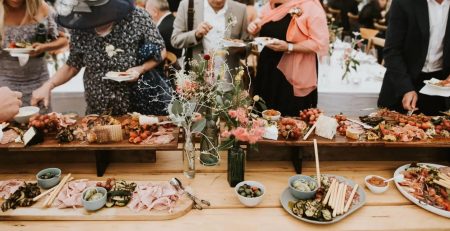


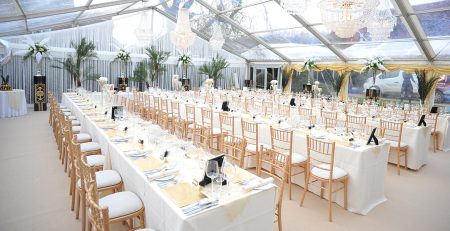
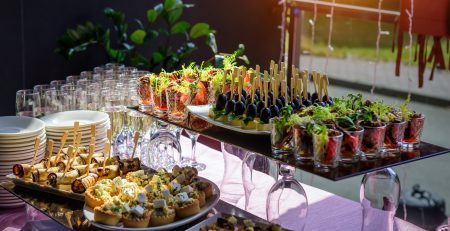

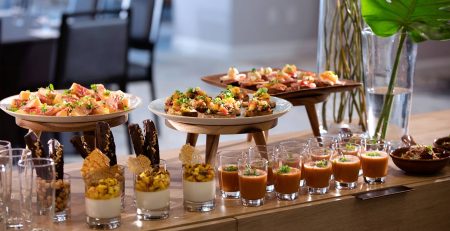
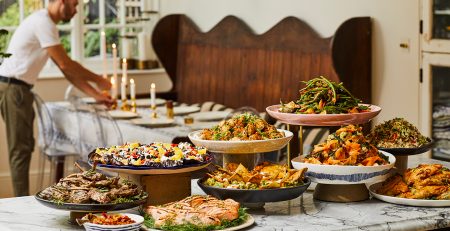

Leave a Reply